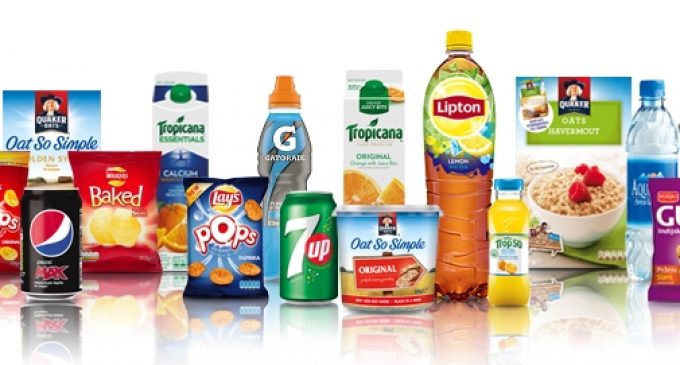PepsiCo Europe to Expand Trial of Traffic Lights For Nutritional Information on its Beverages and Food Products

PepsiCo has announced it will trial interpretative colour-coded labelling for both beverages and foods in many EU markets, using the 100g/ml-based approach already voluntarily implemented in the UK and Ireland. The company was one of the first to introduce “traffic light” labelling in the UK and Ireland where the scheme has been in operation since 2014. With this announcement, PepsiCo re-affirms its commitment to provide European consumers with important and understandable information to help people make informed choices, based on nutrient levels and the overall energy content of food and beverages.
PepsiCo was one of the companies behind the Evolved Nutrition Label scheme, based on the existing Reference Intake scheme, familiar to 500 million EU consumers, which reflected the nutrient content per actual portion consumed. The ENL companies – The Coca-Cola Company, Mondeléz, Nestlé, PepsiCo and Unilever – acknowledged that the lack of EU-defined portion sizes had led to insufficient understanding and support of the scheme and, in the absence of legally defined portion sizes, announced their decision to suspend ENL trials on 20 November.
Silviu Popovici, President, PepsiCo Europe Sub-Saharan Africa, comments: “We want to press on with giving consumers detailed nutritional information about the food and beverages they eat and drink. That is why we have decided to expand the use of a scheme that is already well received in the UK and Ireland, and which bases the colour coding on the nutrient values per 100g/ml rather than by portion size. We believe this scheme will help consumers in other markets in Europe to decipher nutritional information easily and comprehensively.
“It remains our goal to work with other stakeholders to align on an EU-wide front-of-pack interpretative labelling scheme and we are open to sharing our learnings from the trial to support this EU-led process. In the meantime, we invite other companies operating in the European market also to use this well-established traffic light model, to help build broad consumer awareness about the scheme.”


































